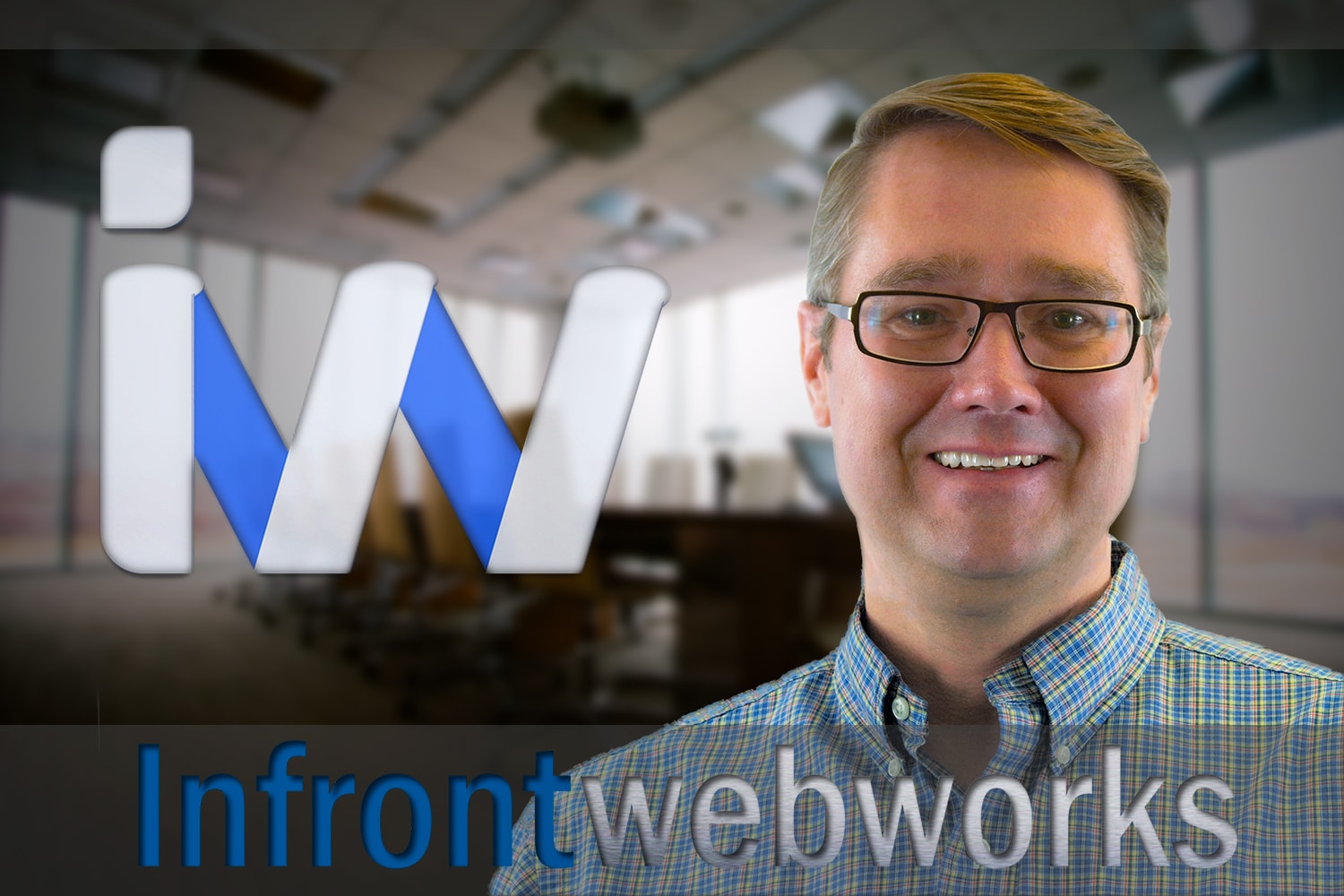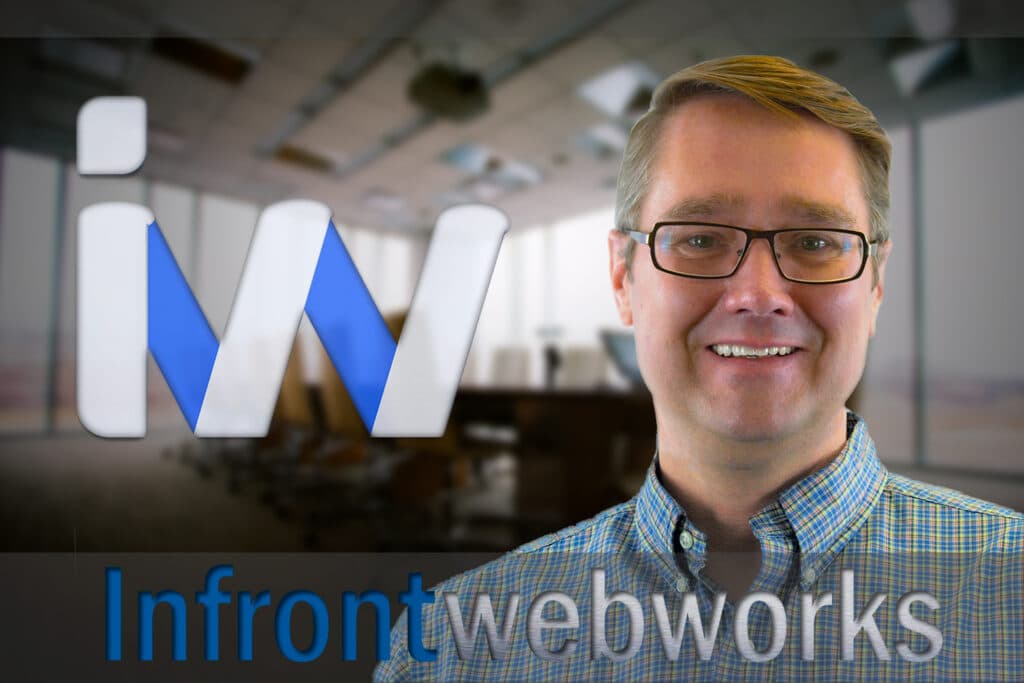I can’t tell you how many websites we’ve built that were amazingly beautiful (credible) and functionally elegant (usable) – but that failed miserably. The client came to us with a great idea – something unique, useful and IN DEMAND. People wanted what the client had to deliver, we built it to deliver, but still it failed.
We studied the requirements, created a powerful content strategy, defined the user flows, established the messaging and calls to action, wrote user stories, created wireframes, developed prototypes, built complex database schemas, used the model-view-controller (MVC) development architecture to build the site, and deployed it into a worldwide virtual cloud based hosting environment. Yet the site never achieved any level of success. Why? Why would a site, that was built using state of the art technologies and processes, fail? The answer is simple – lack of findability.
Remember my blog post on “The Big Three” factors needed for website success? Credibility, usability and findability? The scenario described above created credibility and usability, but it totally ignored findability (well, at least as it pertains to the external factors that influence findability). The best web development practices were used, yet, it was certainly the lack of findability that made these websites fail. So, what makes findability so important for the success of a website that otherwise is superior?
Findability is the ability of people (real live humans) to find a website so that they can engage with it, dig into it, and BUY what’s being offered. Findability gets people to the website so that credibility and usability can take over and work their magic. Without findability, your website is like a perfect diamond – that’s buried 100 feet underground where no one knows where it is and can enjoy its perfection and beauty.
So, why wasn’t findability factored or built into these great, but failed websites? The main reason is what I call the “If you build it they will come,” mentality. But first, a little personal and internet ancient history to set the stage.
I got started with the web in late 1994 – well before most people had even heard of the World Wide Web. There was no Google, no Facebook, no Twitter. In fact, the dominant website of the day was Yahoo, which started as a directory of websites that you could browse and find virtually all the websites in existence at the time. Back in 1994, you could, almost, visit every website in a day using Yahoo’s directory. In fact, for a long time some company printed a website “yellow pages” book that you could buy, and use to find websites of interest.* That didn’t last long. When we built a new website, we submitted it to Yahoo who immediately put it in their directory and people found it. That didn’t last long either. Several website search engines came and went – HotBot, Excite, WebCrawler, AltaVista, Lycos, MSN Search, AOL Search, Infoseek, Go.com, Netscape, MetaCrawler, and All The Web, to name a few. It was relatively easy to tell these search engines that we launched a new website and within a few days, the site would show up in the search results. “Search Engine Optimization” wasn’t known in those early years – it wasn’t needed. As a result, people never thought about findability. They built websites, search engines would list them and the sites would show up on page 1 when searched. It was easy and true to say, “If you build it, they will come.” Unfortunately, this mentality still exists today.
The problem is, website growth, in terms of sheer numbers of sites, started on a logarithmic growth curve in the late ’90s. Getting our websites indexed by the search engines became difficult, and, “oh no!”, we had to pay to get them listed (pay per click)! It was getting harder and harder to get a website found in the search engines and directories. To compound the problem, people would see these amazing websites successes – like Amazon, Google, FaceBook or eBay or Craigslist. Simple sites started by regular people, that exploded in popularity and made their founders fabulously rich. They were modern day Horatio Alger stories. People would ask themselves, “Why can’t I do that with this amazing idea I have?” My idea is “better than eBay” – there’s no reason I won’t get famously rich and famous by spending a little money to build this website. The problem is, in many of these cases, what these dreamers didn’t see were the years of study, hard work, begging for investor money, travelling and living on a shoestring that these founders went through before most people even heard of their websites. They didn’t see the huge amounts of $$ that went into marketing these websites all over the internet. It was a very risky business. For every monstrous internet success, there were thousands of failures. People didn’t see the failures. They just saw someone spend a little money to build a website then before they knew it, the website had a hundred million users and was worth a billion dollars. These website dreamers thought that their great idea would go viral with very little money, just because it was a great idea.
I bet most of you have used Facebook. By most measures (except current stock price) FaceBook is one of the most amazing website growth stories to date. I can’t tell you how many people have come to me with an idea for a special interest social network that was going to “blow FaceBook away”. They come to me ready to spend a TON of money building the site, but when I ask them about their budget to market the website, they get this blank look in their eyes, they cock their heads and stare at me like I was certifiably insane. How could I not see that this was such a great idea that people would just be attracted to it – like a magnet? In some cases, with fair warning and lots of disclaimers about the website’s prospects, I agreed to take the deal to build the website. But without findability, it’s NEVER worked out (from the site owner’s point of view).
So, what I’m telling you here is that for you to have a successful website you MUST address findability. Whether it be to budget monthly for pay per click or SEO, or to buy a radio ad, or to stand on the corner in a chicken suit waving a banner with your website address on it. People will not find your website just because it’s a great website, or because it’s a great idea. You have to make them aware of it with targeted, intelligently managed marketing efforts.
The days of “If you build it, they will come,” are GONE!
*This is really strange. After writing that sentence about the internet yellow pages, I Googled it and found, to my amazement, that Amazon still sells the “Internet Yellow Pages (6th ed)”. OK, so it’s 16 years old, but you can still get a yellow pages for the internet.

Matthew is the President of Infront Webworks and is a New England native now calling Colorado Springs home. Matt attended The University of NH where he pursued a BS in Natural Resource Economics & Business Administration. Aside from Infront; Matthew has owned and managed two other online agencies based on the seacoast of New Hampshire and been a key player in multiple technology mergers & acquisitions. When he’s not bathing in technology, online marketing & business; he’s probably spending time with his wife and daughter, boating, skiing the trees, hiking or cooking..he is a foodie for sure!



